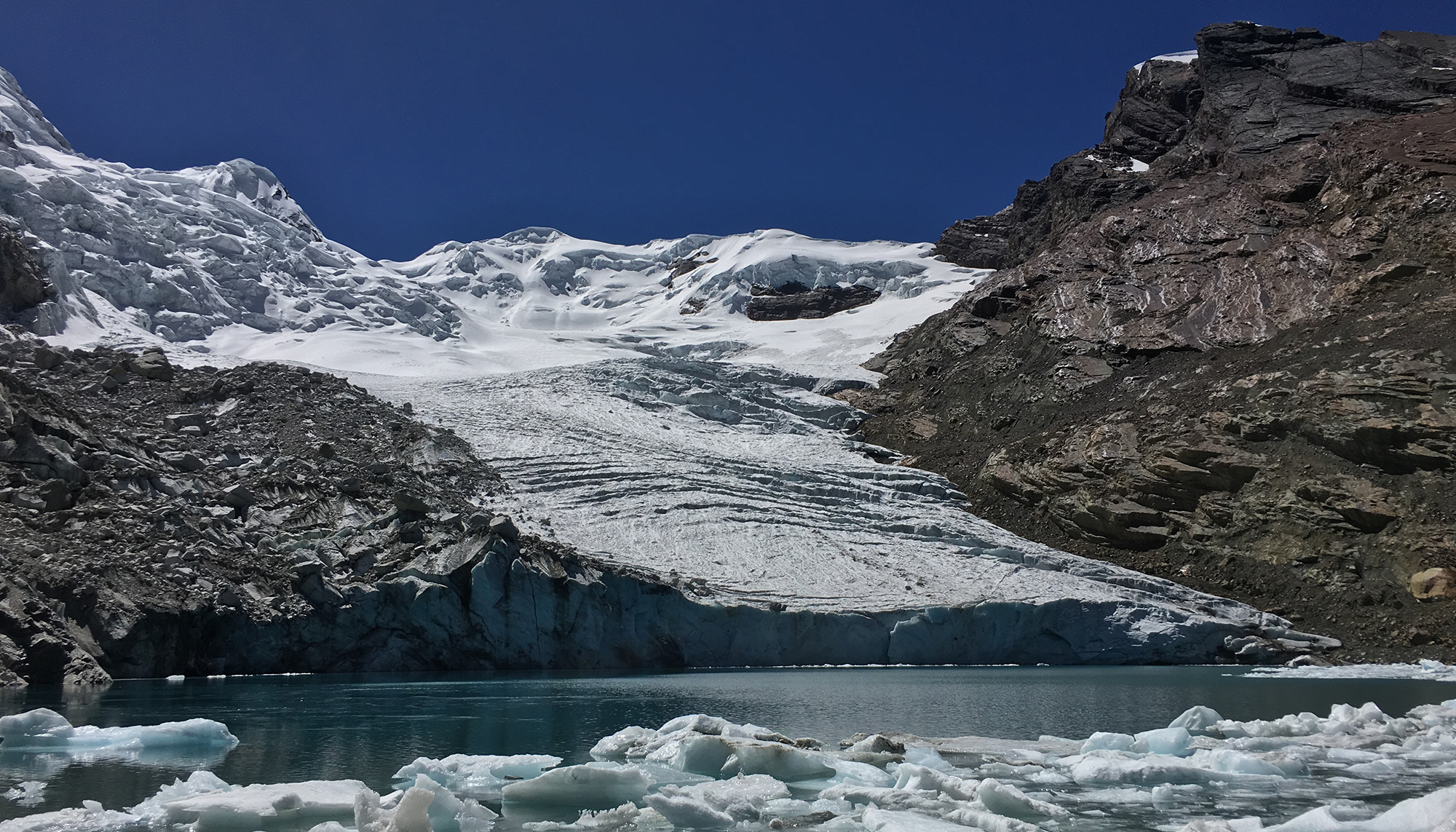2024-07-31 テキサス大学オースチン校(UT Austin)
<関連情報>
- https://news.utexas.edu/2024/07/31/astronomers-use-ai-to-find-elusive-stars-gobbling-up-planets/
- https://iopscience.iop.org/article/10.3847/1538-4357/ad5d6e
ガイアXPスペクトルと教師なし機械学習で汚染された白色矮星とその他の宝物を探す Hunting for Polluted White Dwarfs and Other Treasures with Gaia XP Spectra and Unsupervised Machine Learning
Malia L. Kao, Keith Hawkins, Laura K. Rogers, Amy Bonsor, Bart H. Dunlap, Jason L. Sanders, M. H. Montgomery, and D. E. Winget
The Astrophysical Journal Published: 2024 July 31
DOI:10.3847/1538-4357/ad5d6e

Abstract
White dwarfs (WDs) polluted by exoplanetary material provide the unprecedented opportunity to directly observe the interiors of exoplanets. However, spectroscopic surveys are often limited by brightness constraints, and WDs tend to be very faint, making detections of large populations of polluted WDs difficult. In this paper, we aim to increase considerably the number of WDs with multiple metals in their atmospheres. Using 96,134 WDs with Gaia DR3 BP/RP (XP) spectra, we constructed a 2D map using an unsupervised machine-learning technique called Uniform Manifold Approximation and Projection (UMAP) to organize the WDs into identifiable spectral regions. The polluted WDs are among the distinct spectral groups identified in our map. We have shown that this selection method could potentially increase the number of known WDs with five or more metal species in their atmospheres by an order of magnitude. Such systems are essential for characterizing exoplanet diversity and geology.



